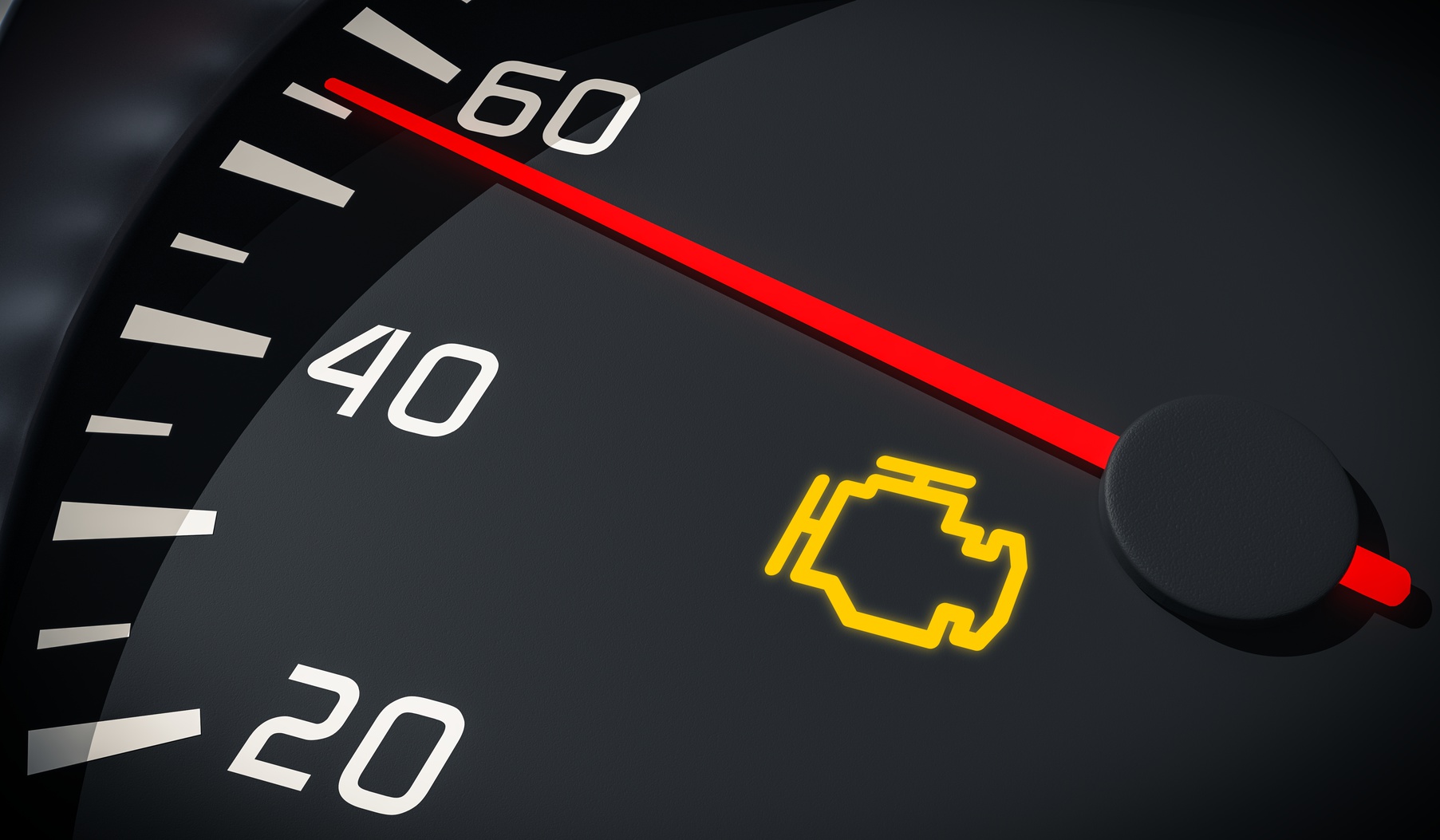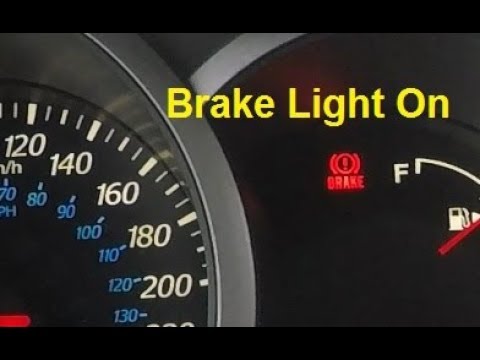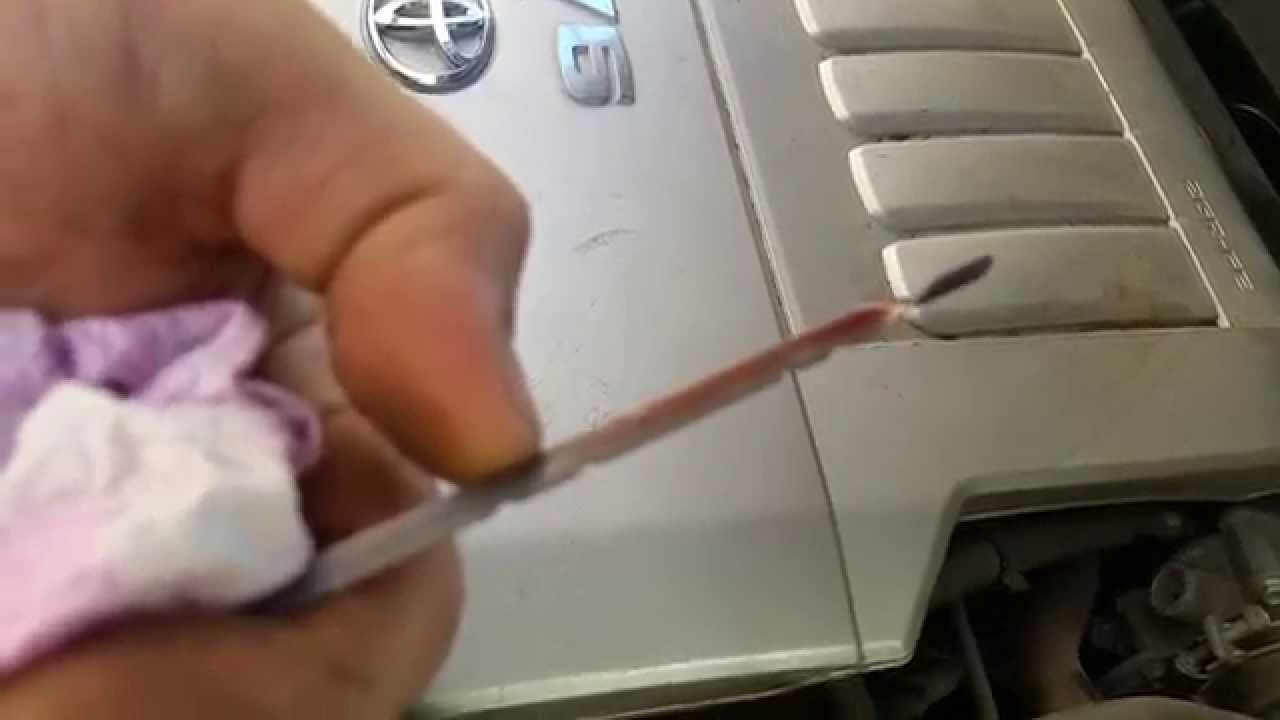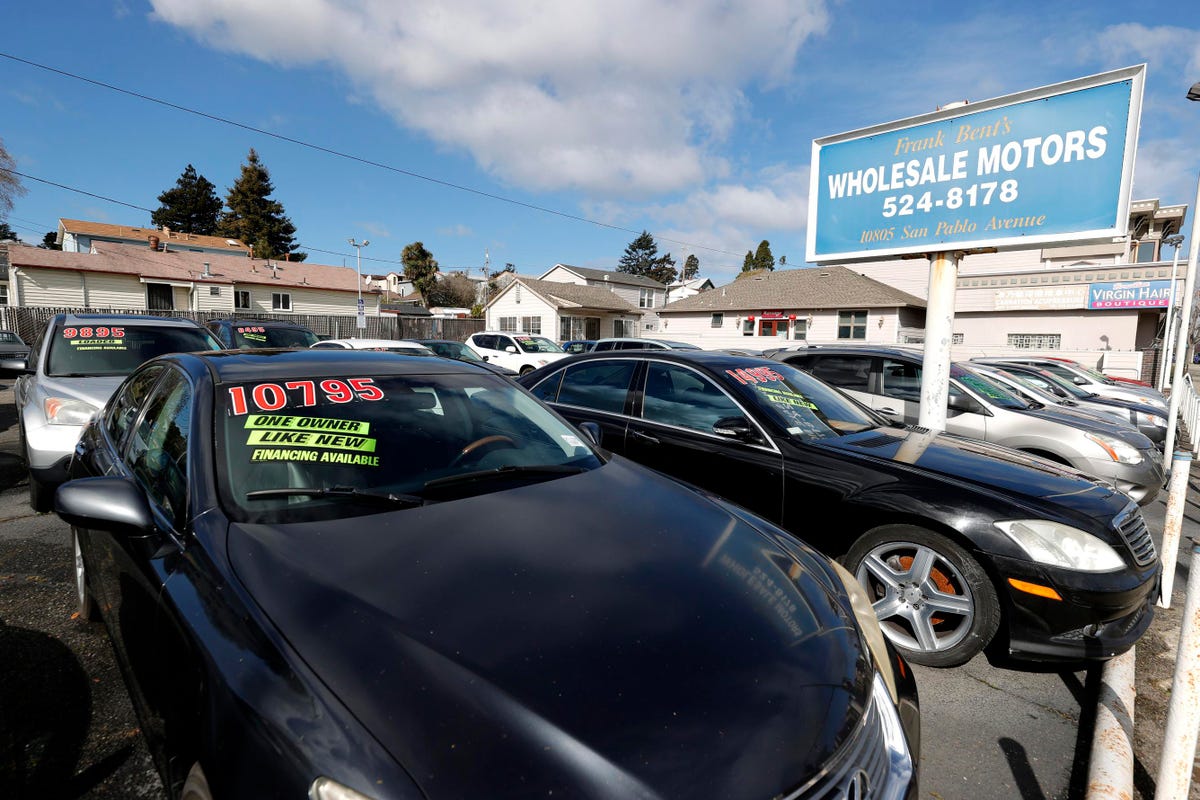 In our article today, we shall be focusing on the causes of check engine light flashing. If you are driving and you notice that your check engine light is flashing, it shows that something is not just working well in your engine and you have to fix it as soon as possible.
In our article today, we shall be focusing on the causes of check engine light flashing. If you are driving and you notice that your check engine light is flashing, it shows that something is not just working well in your engine and you have to fix it as soon as possible.
Why Is My Check Engine Light Flashing?
Faulty Catalytic Converter
A catalytic converter-damaging situation is present when the Check Engine or Service Engine Soon light starts flashing (rather than staying illuminated continuously). You should be able to notice a difference in the way your vehicle runs in most cases. When the Check Engine or Service Engine Quickly light flashes, pull over to the side of the road and turn off the car as soon as possible. Tow the car to a reputable repair shop for a diagnosis and repair. Continuing to operate this car in this state will cause additional damage and increase the expense of repair. The cost of replacing a catalytic converter varies greatly depending on the type and age of the car you drive. Some converters cost over $2000 each, and many cars have two, three, or even four converters.
Another factor to consider is that many of the vehicles we drive in the Puget Sound are built to comply with California’s emissions regulations. That implies that if your vehicle’s catalytic converter fails, you’ll have to replace it with one that satisfies California Emissions Standards, which costs considerably more than a vehicle that meets Federal Emissions Standards. California Emission Standards are more stricter than federal standards, and if you don’t replace the damaged part with the correct part, it won’t operate with your vehicle’s emissions calibration.
Read also: Why Is My ABS and Traction Control Light On?
This could still indicate a catalytic converter efficiency code, causing your Check Engine or Service Engine Soon light to illuminate and preventing you from passing the emission test. It will not pass DEQ if your light is illuminated or if there are current codes saved in your vehicle’s computer. There are advantages and disadvantages to having your car constructed to California Emissions Standards. Because California has stricter environmental regulations, your vehicle will run considerably cleaner for our environment. The disadvantage is that the automobiles are more costly to maintain.
The service light is there for a reason: to notify you when your car has a problem so you can take it in for repair. The service engine light might come on for a variety of reasons. These explanations can range from simple, low-cost tweaks to complex, high-cost repairs.
If your check engine light is on but not flashing, you should make an appointment to have your vehicle diagnosed as soon as possible. In most circumstances, a diagnostic process on most vehicles takes 1-2 hours and costs between $80 and $100. The cost of driving a car with a blinking engine light is the cost of the repair plus the cost of a new catalytic converter. A Mini Cooper converter will cost between $700 and $1500, whilst an Audi converter would cost between $700 and $2400. A tow cost is typically less than $100, and at Central Ave Auto, we provide free towing to our facility in our authorized area.
Engine Misfire
One of the most prevalent causes of a check engine light flashing is an engine misfire. Misfires can occur for a variety of reasons, and in this brief tutorial, we’ll go over what they are, how they’re caused, and how much it costs to fix engine misfires.
Every cylinder in your vehicle must supply the correct amount of power to the engine in order for it to run correctly. When one or more cylinders fail and no longer give power to the engine, a misfire occurs. There are three basic causes of misfiring in your engine. They are as follows:
Fuel Mixture Problems
Fuel and air must be mixed properly in each cylinder. If there is too much air in the mixture, it is “too lean,” resulting in poor acceleration, backfiring, or the need for extra choke to start. Sluggish acceleration, overheating, and jerky running are all symptoms of a “too rich” mixture – for example, one with too much fuel. Faulty fuel injectors, a defective fuel pump, or other fuel system components might cause this.
Ignition Issues
Improper ignition timing or plugs that don’t provide a spark to one or more cylinders are examples of ignition system issues. Because ignition parts wear down over time and eventually fail, this is the most common cause of a misfire. Spark plugs and ignition coils are the two most common ignition system elements to cause a misfire; if your check engine light is flashing, you may need to replace them.
Low compression
A compression loss happens when one or more cylinders leak fuel or air, and the proper amount of pressure is not generated in the cylinders. Low compression means less power and a slower acceleration. It can also cause the cabin to shake or vibrate. Head gasket leaks, damaged valves, holes in the pistons, and a defective timing belt are all common culprits.
What are the symptoms of engine misfire?
If your vehicle’s Check engine light is blinking, there’s a good chance you’ll detect indicators of an engine misfire. Your car will drive differently, and the smell and sound coming from the engine will change as well. The following are some of the most prevalent misfire symptoms:
Vibration or Shaking
When one of the cylinders in a V8 or 4-cylinder engine fails to fire properly, the engine becomes imbalanced. When accelerating or idling, you’ll detect vibrations in the cabin.
Loss of power
A misfire in the engine can also result in a loss of power. This occurs when the air-fuel ratio is off, resulting in a combination that is either too rich or too low for the engine. This can reduce your vehicle’s acceleration or possibly prohibit it from reaching 3500 RPMs.
Strange sound from engine
You might hear a different sound coming from the motor if you listen closely. When all eight cylinders of a V8 engine are working properly, it emits a characteristic purr. The engine noise will sound like it has less power when one or more cylinders are misfiring.
What Causes Engine Misfire?
Engine misfires can be caused by a variety of factors. That’s why, for diagnosis and repair, it’s often best (and much faster) to take your automobile to a local service shop. An OBD reading, which will reveal the code or codes that triggered the flashing light, is usually the first step in determining the reason.
The code will usually provide you hints as to where to check for the problem and which cylinder or cylinders are misfiring. The following are some of the most common causes:
- Faulty ignition wires
- Faulty timing belt
- Bad spark plugs
- Clogged fuel filter
- Gasket or Vacuum leaks
- Dirty Fuel Injectors
- Electrical problems
- Faulty Oxygen Sensors
Summary
A flashing check engine light indicates an emergency and necessitates immediate repair, as previously stated. The longer you drive a car with a flashing check engine light on, the more harm it might cause.
If a misfire causes the flashing light, your vehicle’s catalytic converters could be severely damaged. These converters dramatically cut your car’s exhaust pollutants and operate at extremely high temperatures. When your engine misfires, the fuel isn’t burned properly and ends up in the exhaust system. When this unburned fuel approaches the catalytic converter, it has the potential to detonate, causing significant damage to the converter.
Driving a car with a flashing engine light can harm O2 sensors, cause internal engine component failure, and cause catastrophic engine damage.
Pull over and have your vehicle towed to an auto repair shop if the check engine light starts flashing. If you must drive, go to the nearest repair shop instead of taking the highway.
Can I keep driving if my check engine light flashes?
If the check engine light is flashing, the general rule is that you should not drive the vehicle. It’s a matter of life and death. It usually implies a misfire in the engine. Continue driving and you will almost certainly cause irreversible damage, primarily to the (expensive) catalytic converter.
Can low oil pressure cause CEL flashing?
Low oil pressure is a typical cause of the check engine light turning on, and it can adversely affect the operation of your vehicle. If this is the case, your oil light will usually show as well. In any event, a lack of sufficient oil pressure can disable your car, so get it fixed right away.
How can I know if my car is misfiring?
Even if your check engine light comes on, you won’t always be able to detect a misfire. A harsh idle is one sign that you will most likely notice. Your air/fuel mixture can be thrown off when your car misfires. When you’re sitting still, this will cause your engine to “sag” or “lurch” unevenly.
How far can you drive with a misfire?
You are free to drive it as far as you want. It will still run unless it is a single-cylinder engine. The power will be reduced by the percentage of the total number of cylinders that that cylinder represents. It’s 25% on a four-cylinder engine, 17% on a six-cylinder, and 12.5 percent on an eight-cylinder.
How can you fix a misfire?
Remove the plug with a spark plug socket to get a good look at it. You’ll be able to figure out what caused the fire by looking at the damage. If the spark plug is simply worn out, it may be replaced. Make sure fresh spark plugs are replaced and gapped properly.
How serious is engine misfire?
If left unchecked, engine misfires can become a significant problem. Not only do they significantly reduce your vehicle’s performance, but they can also result in some incredibly costly problems that effectively kill your engine.









